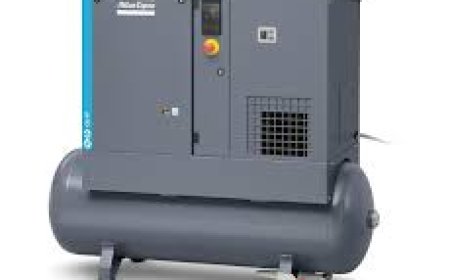Types of Heating Oil: What You Should Know

Heating oil is a common fuel used in many homes and businesses, especially in colder climates, to provide warmth during the winter months. Despite the general term "heating oil," there are several types of heating oil available, each with specific properties suited for different applications, climates, and heating systems. Understanding these differences can help you choose the most efficient, cost-effective, and environmentally friendly option for your needs.
No. 2 Heating Oil: The Most Common Choice
No. 2 heating oil is by far the most commonly used heating oil in residential heating systems. It is a distillate fuel that closely resembles diesel fuel in composition. This oil is stored in tankseither above ground or undergroundand delivered by fuel trucks.
No. 2 heating oil offers a high heat output, making it efficient and reliable for home heating. However, one drawback is that it tends to thicken or "gel" in very cold temperatures, which can cause problems like clogged fuel lines. To address this, additives or blending with lighter oils are sometimes used, especially in areas with harsh winters.
No. 1 Heating Oil (Kerosene): For Colder Climates and Portability
No. 1 heating oil, also known as kerosene, is a lighter, more refined fuel than No. 2 heating oil. It has a lower viscosity and a lower freezing point, meaning it remains fluid and flows better at very low temperatures. This makes it an excellent choice for extremely cold climates or outdoor storage tanks.
Kerosene burns cleaner than No. 2 heating oil, producing fewer deposits and emissions, which can reduce furnace maintenance and improve air quality inside homes. It's often used in portable heaters, mobile homes, and smaller heating systems. However, because it undergoes additional refining, kerosene is generally more expensive than No. 2 oil.
Bioheat Fuel: The Renewable Alternative
Bioheat is a newer, more environmentally friendly option that blends traditional No. 2 heating oil with biodiesel. Biodiesel is produced from renewable resources such as vegetable oils, animal fats, or recycled cooking oil. Typical blends include B5 (5% biodiesel), B20 (20% biodiesel), and even B100 (100% biodiesel).
This fuel mixture burns cleaner than conventional heating oil, reducing greenhouse gas emissions and other pollutants. Its compatible with most existing oil heating systems without any modifications. As concerns about climate change grow, Bioheat is becoming increasingly popular among homeowners who want to reduce their environmental footprint while maintaining heating efficiency.
Off-Road Diesel (Dyed Diesel): Industrial Use
Off-road diesel, often called dyed diesel because of its characteristic red color, is chemically similar to No. 2 heating oil but is used mainly for off-road vehicles and equipment like tractors, generators, and construction machinery. It is dyed to indicate that it is exempt from road taxes.
While not typically used in residential heating, off-road diesel can be an economical fuel for industrial or commercial heating systems. However, it must be used legally and by regulations to avoid penalties.
Conclusion
Choosing the right type of heating oil depends on your climate, heating system, budget, and environmental concerns. No. 2 heating oil is the most common and economical choice for most homes, while No. 1 heating oil or kerosene suits very cold climates or portable heaters. Bioheat offers a cleaner, greener alternative, and off-road diesel caters mainly to industrial needs.
Understanding these options helps you select a heating oil that provides warmth efficiently and safely, while potentially reducing your environmental impact and costs. Always consult with a heating professional to determine the best fuel type for your system and location.








&srotate=0)




























